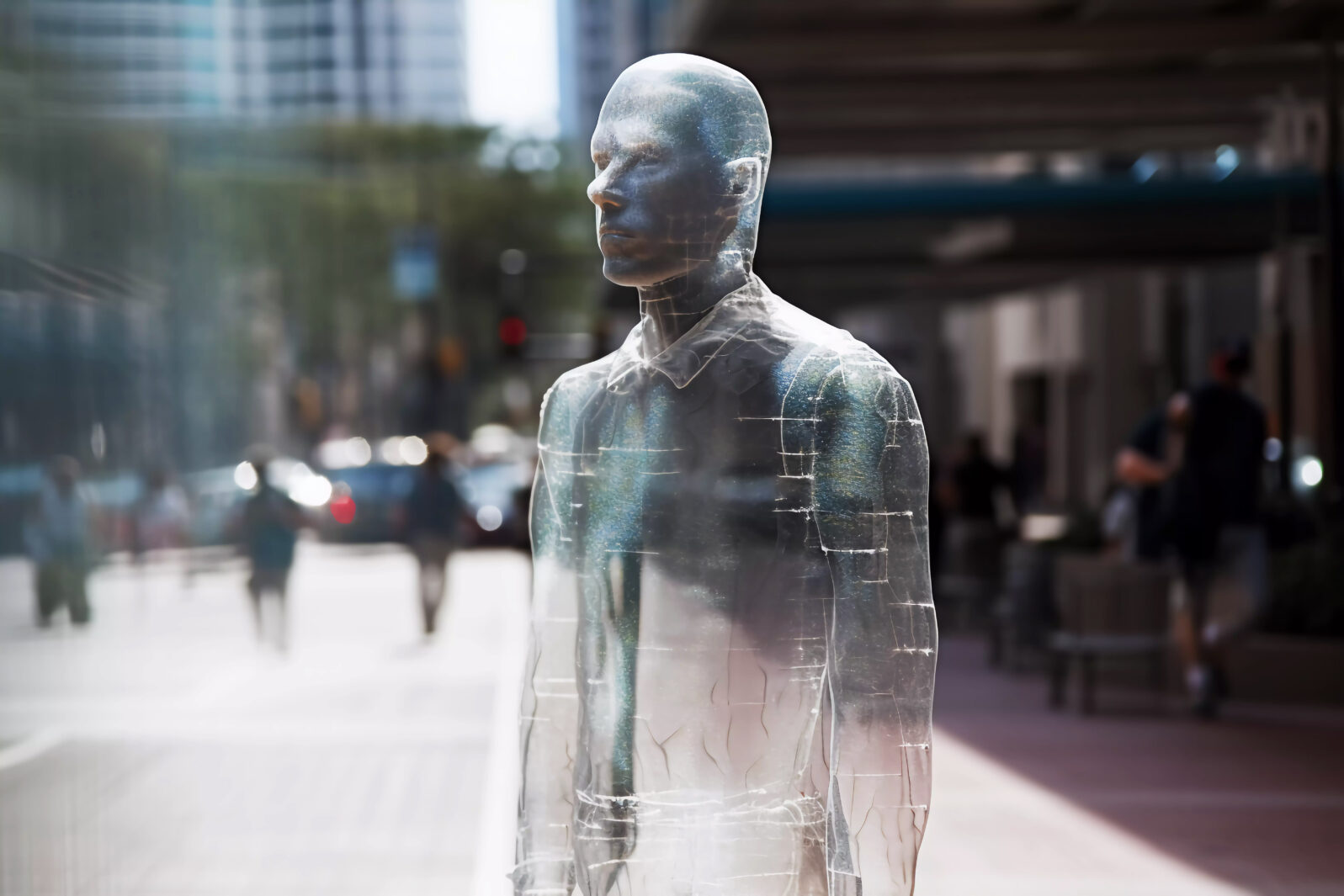Invisibility Isn’t Science Fiction; It’s Interesting Engineering
Things are visible only when light strikes them but light can sometimes be manipulated so as not to strike them, with remarkable results.Invisibility is one of those interesting concepts that started out as imagination: What if I were invisible? Or— in the hands of a storyteller — what if my character were invisible? Tolkien famously made it a power granted by the Ring in The Lord of the Rings.
The concept is used in science fiction too, for example, in the form of the cloaking device:
However, as science fiction writer Douglas Adams (1952–2001) noted satirically in Life, the Universe, and Everything, in everyday life, “The Somebody Else’s Problem field is much simpler and more effective, and what’s more can be run for over a hundred years on a single torch battery. This is because it relies on people’s natural disposition not to see anything they don’t want to, weren’t expecting, or can’t explain.”
Invisibility can be straightforward science today
A number of methods can be used to create invisibility. They rely on the simple fact that things are visible only when light strikes them. But light can be manipulated so as not to strike something.
A recent post at LinkedIn by Richard Martin Flores demonstrates a real-life invisibility cloak using four lenses. This was also demonstrated in 2014 at the University of Rochester:
In order to both cloak an object and leave the background undisturbed, the researchers determined the lens type and power needed, as well as the precise distance to separate the four lenses. To test their device, they placed the cloaked object in front of a grid background. As they looked through the lenses and changed their viewing angle by moving from side to side, the grid shifted accordingly as if the cloaking device was not there. There was no discontinuity in the grid lines behind the cloaked object, compared to the background, and the grid sizes (magnification) matched.
The Rochester Cloak can be scaled up as large as the size of the lenses, allowing fairly large objects to be cloaked. And, unlike some other devices, it’s broadband so it works for the whole visible spectrum of light, rather than only for specific frequencies.
David Barnstone. “ Invisibility cloaking device hides objects across range of angles,” September 25, 2014 The paper is open access.
Of course, the Rochester cloak wouldn’t work for the starship Enterprise. As Rachel Lense explains at SPIE (The International Society for Optics and Photonics),
One of the biggest downsides to this lens setup, however, is the limited cloaking space and viewing angle. Even if larger lenses and mirrors are used to increase that space and angle, the cloak is still easily thwarted by taking a few steps to the left or right. Other “low-tech” optical cloaks have similar downsides, where backgrounds become misaligned, or images get distorted when the viewer or device moves. Plus, since light waves are refracted as they pass through the physical material of the cloak, they change phase, allowing the cloak to be “seen” by any instrument that measures phase.
Rachel Lense, The invisibility illusion, SPIE, September 1, 2023
But optical engineers are, of course, working on other methods to create invisibility. It has practical uses, “ranging from military applications to bio medicine, computing and even energy harvesting.” (Yang Ho, The Conversation, September 23, 2015)
Another possible use?: Perhaps an invisibility cloak could hide really depressing views, like rows of smokestacks, from picture windows in a residential neighborhood, as long as they were visible from highway.
In 2022, we covered another method of creating invisibility by refracting light from the subject’s background toward the observer. How Stuff Works offers several other techniques for creating invisibility.
At any rate, invisibility turns out to be surprisingly possible, so long as we don’t expect it to work like magic.
You may also wish to read: Invisibility is no longer science fiction (or magic). It’s here. A new technique, the “invisibility shield,” which offers the user near invisibility, is reaching the marketing stage. The invisibility effect — refracting light from the subject’s background toward the observer — depends on optics so the shield does not require a power source.
